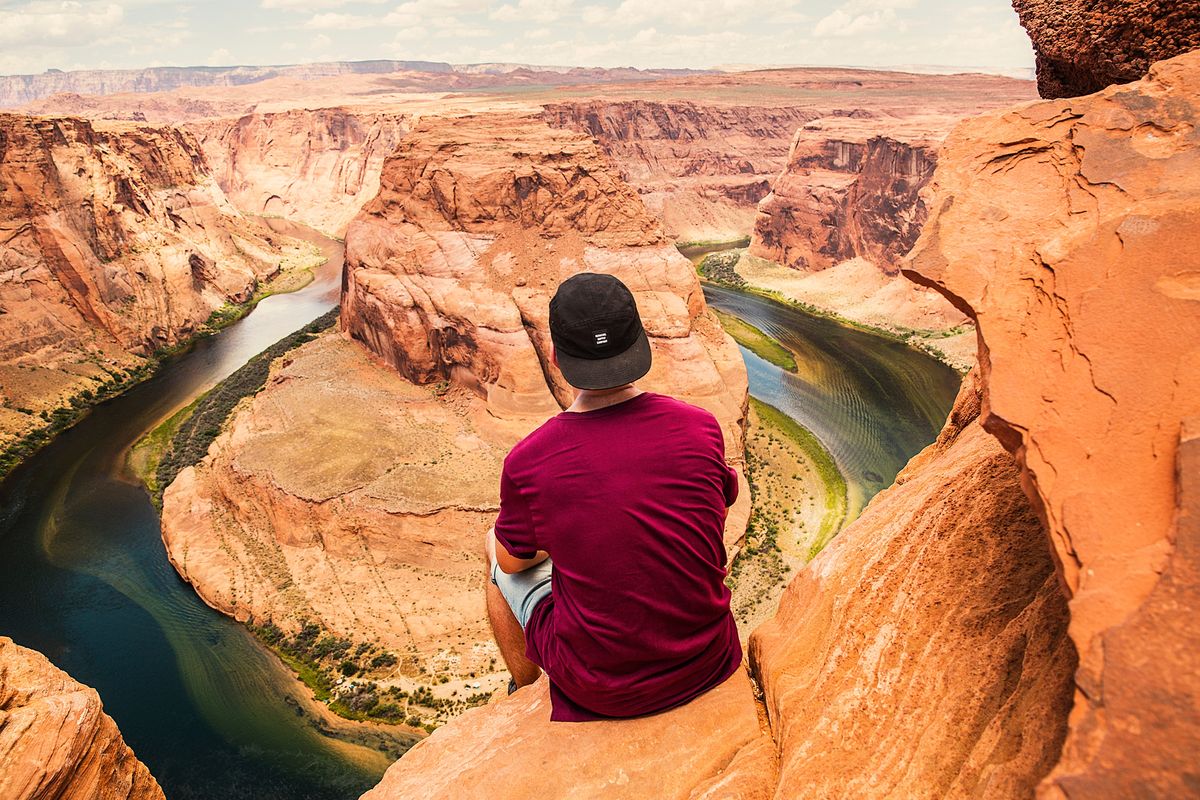How Travel Brands Can Turn to Influencers for Global Growth

In 2019, a deserted holiday destination is hard to find. More likely than not, you’ll be enjoying the sights alongside a wall of outstretched arms attempting to take the perfect selfie while a drone whirs overhead. The pressure to achieve the picture-perfect holiday post for Instagram is on.Finding attractions worthy of social media has become a priority for the modern traveller. More than 40% of millennials consider “Instagrammability” when selecting a travel destination, according to a survey by Schofields.







